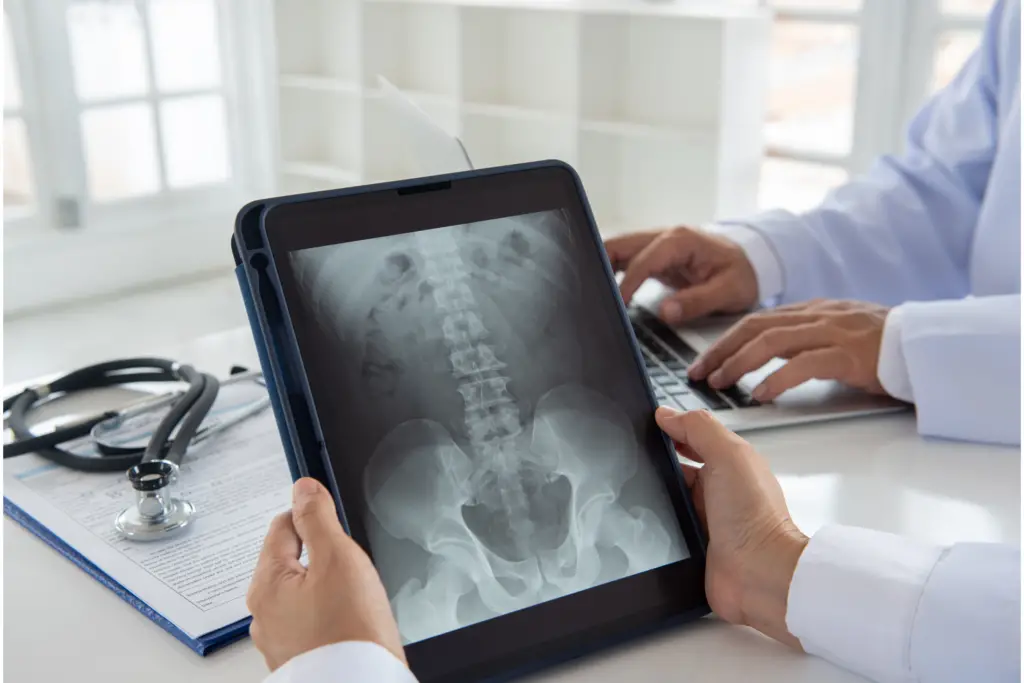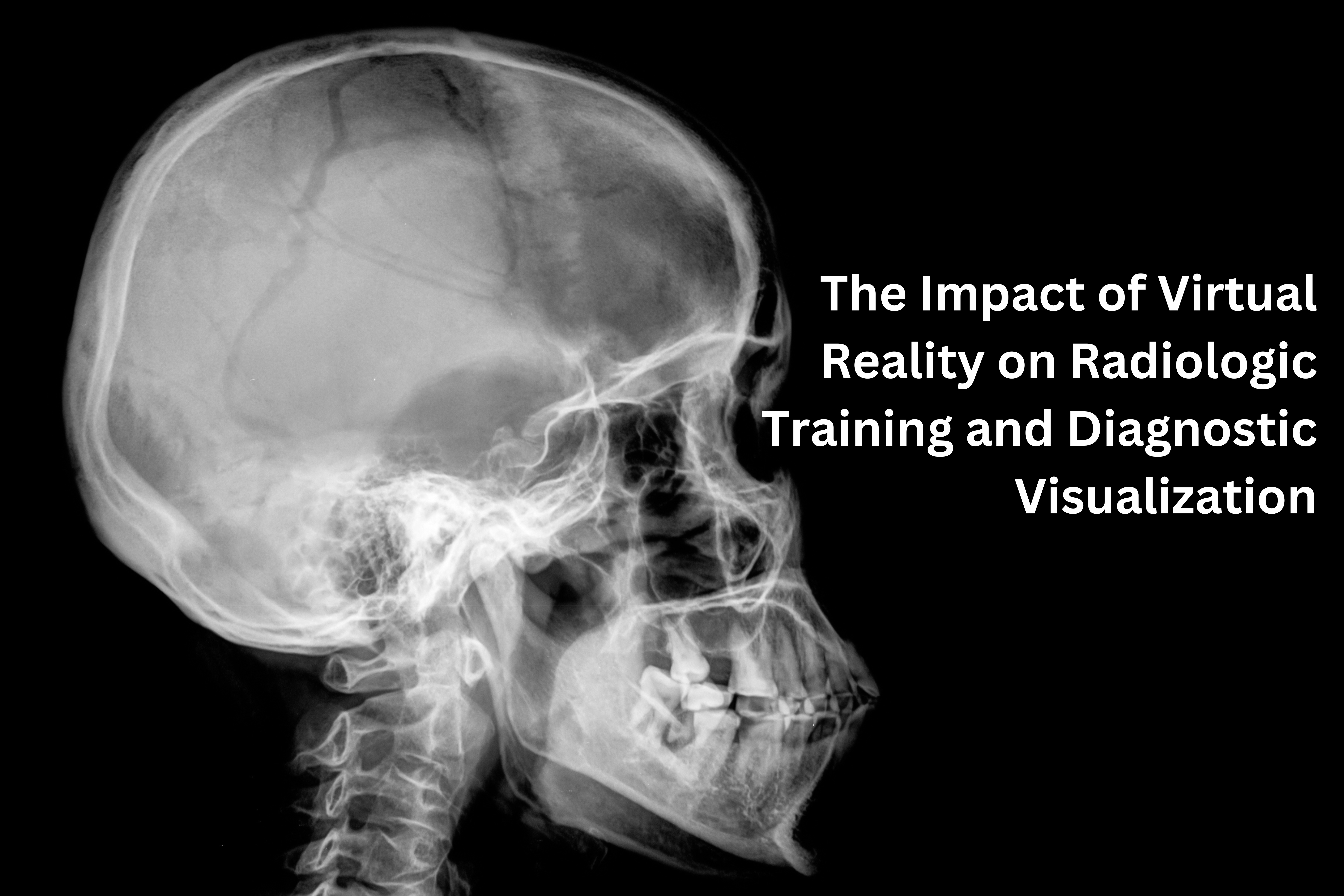Virtual reality (VR) is not just a gaming innovation; it has emerged as a revolutionary tool in medical education and diagnostic visualization. This article will explore how virtual reality transforms radiologic training and diagnostic visualization.
The immersive capabilities of VR have enabled medical professionals to enhance their skills and provide better patient care. Let’s explore the various ways VR is making a significant impact in the field.
The Impact of Virtual Reality on Radiologic Training and Diagnostic Visualization
Radiologic training and diagnostic visualization have traditionally relied on static images and textbook illustrations. However, with the advent of virtual reality technology, medical education has taken a giant leap forward. VR offers an interactive and dynamic learning environment that enables students and practitioners to explore the intricacies of the human body in previously unimaginable ways.
Advancements in Medical Education
Virtual reality brings a new dimension to medical education. Instead of passively observing images, students can now immerse themselves in realistic 3D models of anatomical structures. This hands-on approach fosters better understanding and retention of complex concepts. .
Enhanced Diagnostic Skills
One of the most significant impacts of virtual reality on radiologic training is enhancing diagnostic skills. Medical professionals can simulate real-world scenarios and practice interpreting various imaging modalities within a virtual environment. This repetitive practice hones their ability to identify abnormalities accurately.

Improved Spatial Understanding
Radiologic imaging requires a solid grasp of spatial relationships within the human body. Virtual reality aids in developing this critical skill by allowing users to navigate through 3D reconstructions of organs and tissues. This spatial understanding translates to more precise diagnoses and treatment planning.
Interactive Case Studies
Gone are the days of passive case studies. Virtual reality enables learners to engage with interactive patient cases. They can manipulate imaging parameters, zoom in on specific areas, and visualize disease progression in real-time. This dynamic approach enhances critical thinking and decision-making abilities.
Overcoming Physical Barriers
Access to rare cases or complex procedures could be limited in traditional training. Virtual reality bridges this gap by providing a platform to experience a wide range of cases without the constraints of physical availability. As a result, medical professionals can expand their expertise and exposure to diverse scenarios.
Simulation of Invasive Procedures
Virtual reality goes beyond diagnostics and also aids in simulating invasive procedures. Trainees can practice delicate interventions in a risk-free virtual environment before performing them on patients. This boosts confidence and reduces the likelihood of errors during real procedures.
FAQs
Q: Can virtual reality really improve diagnostic accuracy?
A: Absolutely. Virtual reality allows medical professionals to practice interpreting various imaging modalities in an interactive and immersive environment, leading to improved diagnostic skills.
Q: Is virtual reality only useful for medical students, or can practicing professionals benefit as well?
A: Both medical students and practicing professionals can benefit from virtual reality. It offers opportunities for continuous education, skill enhancement, and exposure to diverse cases.
Q: Are there any limitations to virtual reality in radiologic training?
A: While virtual reality has transformative potential, it requires significant investment in terms of technology, infrastructure, and training. Additionally, some complex procedures might still require hands-on experience.
Q: Can virtual reality help in understanding the spatial relationships within the human body?
A: Yes, virtual reality aids in developing spatial understanding by allowing users to navigate through 3D reconstructions of organs and tissues, leading to improved interpretation of radiologic images.
Q: How does virtual reality contribute to procedural training?
A: Virtual reality enables trainees to practice invasive procedures in a risk-free environment, enhancing their skills and confidence before performing the procedures on real patients.
Q: What is the future potential of virtual reality in radiologic training?
A: The future holds immense potential for virtual reality in radiologic training. As technology advances, we can expect even more realistic simulations, personalized learning experiences, and broader accessibility.
Conclusion
Virtual reality’s impact on radiologic training and diagnostic visualization is undeniable. It has redefined how medical education approaches and significantly enhanced practitioners’ skills.
From improving diagnostic accuracy to simulating complex procedures, VR offers many benefits poised to reshape the future of healthcare. As technology evolves, virtual reality’s potential in radiology remains promising, offering a more immersive, engaging, and effective way to train and diagnose.

